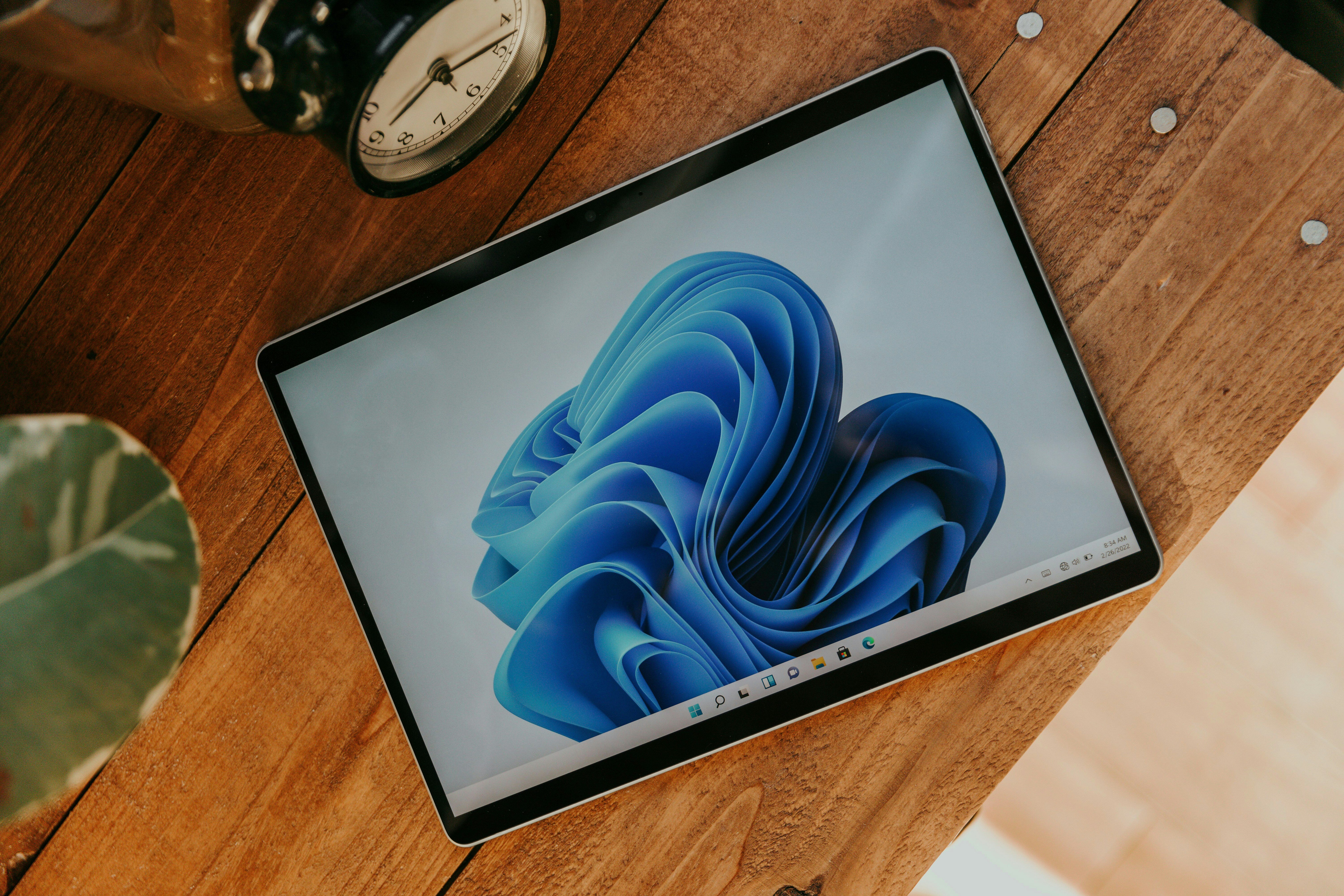
With Windows 10 going end of support in October 2025, we have been having an increasing number of conversations with our customers about implementing Windows 11 and/or rolling out new devices. And how we can make it the best possible experience for their organisation and their people.
In this blog, we are going to share some of the key themes of these conversations, highlighting how some of our customers are planning to approach their Windows 11 migrations.
Successful migration through good communication
Delivering a good experience starts before the project is launched, and it lies in the quality of the communications. How can the communications that are sent out show that you have considered the impact on people? Can you reassure teams that their work will not be impacted? And do you have current information to assess this?
Starting the deployment with the latest information on your device usage can be key:
-
Do your current devices meet the needs of your users? This could be portability, battery-life or the number/type of ports to connect various devices.
-
What applications do you have and are they compatible with your proposed laptops?
-
What are the accessibility requirements in terms of software and hardware that you have
-
Are access permissions connected to user accounts or devices?
Having agreed approaches for these can be a key part of communications and building confidence across the organisation.
Ultimately, people need to know what is happening and when. While knowing where to turn if they need extra support.
Using it as an opportunity for learning
As with anything we do, learning is a key theme that we have been exploring with customers. A new operating system and/or new device may bring changes to ways of working, and it is important to consider these. If people are expected or required to work in new ways, will there be guidance, learning and support available?
It's also crucial to ensure people are aware of any preparation tasks before moving to a new device or operating system, and that they have support easily accessible in a timely manner. For many users, the process of moving from Windows 10 to Windows 11 is easy - but having learning and support resources for any questions that they might have can make a real difference to their experience. There may also be an opportunity to launch – or relaunch - learning around Microsoft 365. For those that are low on digital confidence, can you offer or signpost support that will help to build their confidence for the next change which is coming up, with benefits for them and the organisation as a whole?
This doesn’t have to be formal learning sessions, but can be quick bite-size videos or guides that reflect their experience with their new device. It can make a real difference in ensuring everyone is comfortable and up-to-speed quickly.
By investing in user experience, organisations can ensure a smoother adoption process, boost confidence, and enhance overall productivity. While keeping employees happy and reducing the number of calls to your IT Service Desk!
Work devices are a personal thing
Within our new device and device migration projects, our work is typically focused on how we can make the process for each person receiving a laptop as easy and positive as possible. With most organisations now issuing laptops to everyone individually, they become a real personal item. Especially in today’s hybrid world. There’s often been a lot of time and effort involved to get the devices configured exactly the way that they are wanted; whether that be access to applications, files or even the way the desktop is setup.
As organisations plan their transition to Windows 11, it's crucial to recognise the significance of this shift. Employees rely on their devices not just for productivity, but also for maintaining connections. It’s never been more essential for organisations to consider the user experience and ensure a smooth, personalised transition.
The cost of change
Implementing a new application or device can often have hidden costs beyond the actual software, hardware, and project expenses. These hidden costs include the time lost as each person navigates the process of change, familiarises themselves with new systems and interfaces, and resolves any issues that arise.
The lessons in this blog can help mitigate these costs by providing strategies to make the transition smoother. By proactively addressing these challenges, you can maintain productivity and minimise disruptions during the implementation phase.
Migrating to Windows 11 - Final thoughts
The growing number of conversations we are having with our customers around Windows 11 migrations prove one thing: employee experience should be at the centre of every conversation and decision.
By prioritising the needs and preferences of employees, we can ensure smoother transitions, higher productivity, and ultimately better return on investment.
Put people at the heart of your Windows 11 migration.
Moving to Windows 11 will become crucial in 2025 with Windows 10 going end of support in October. Make the most of your move by putting people at the heart. Ensuring positive user experience and creating meaningful learning opportunities.
Talk to us today to find out how.

